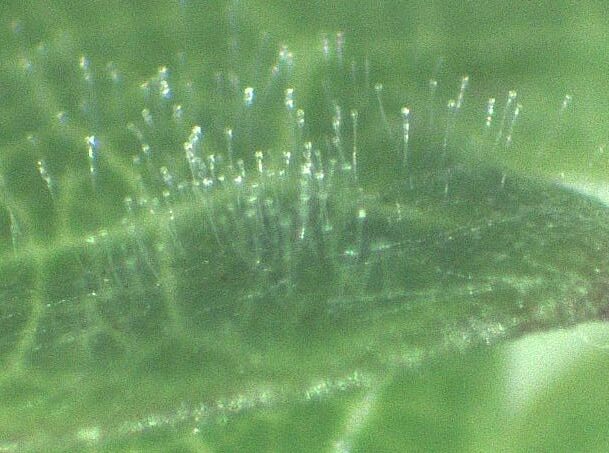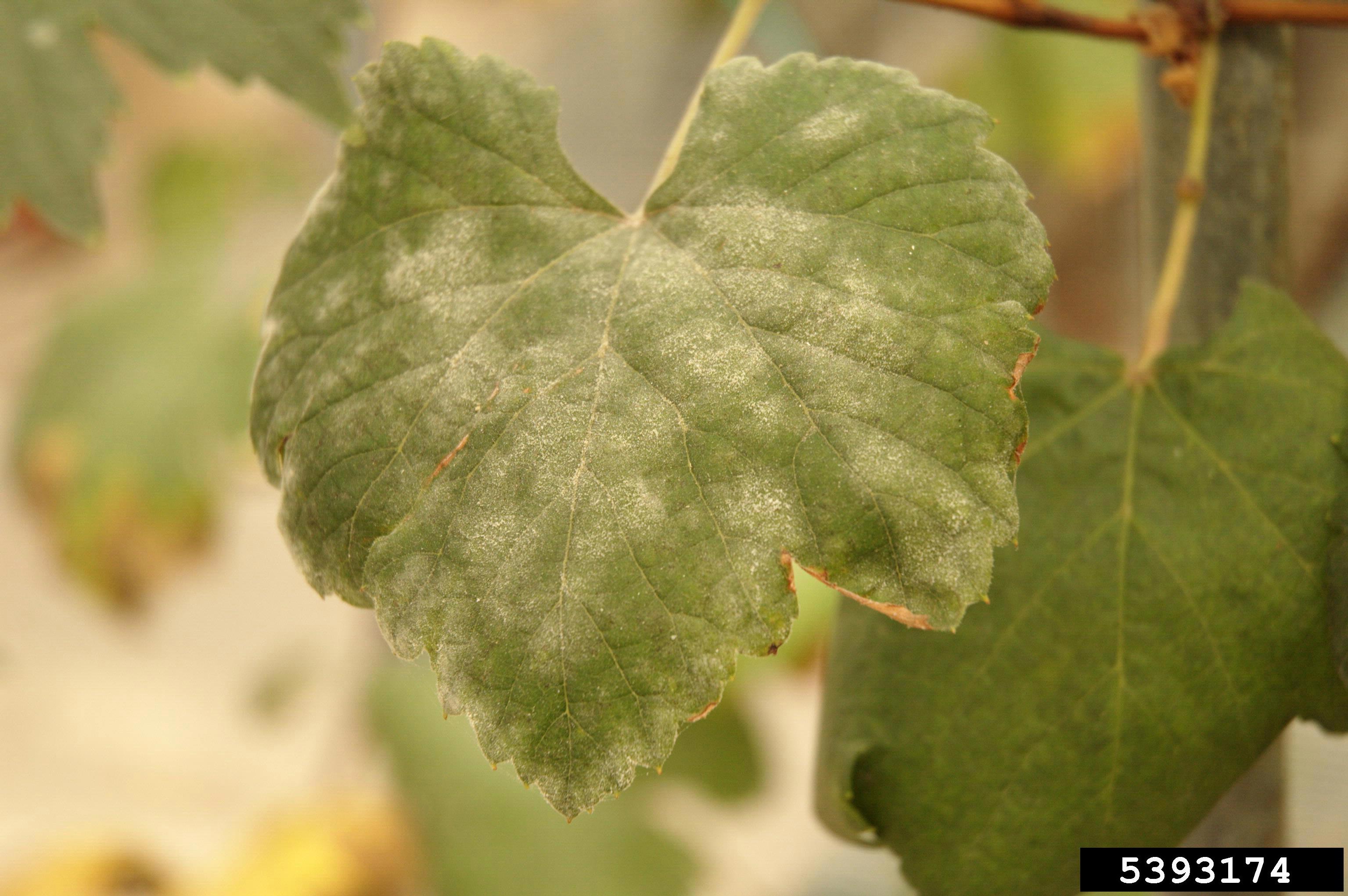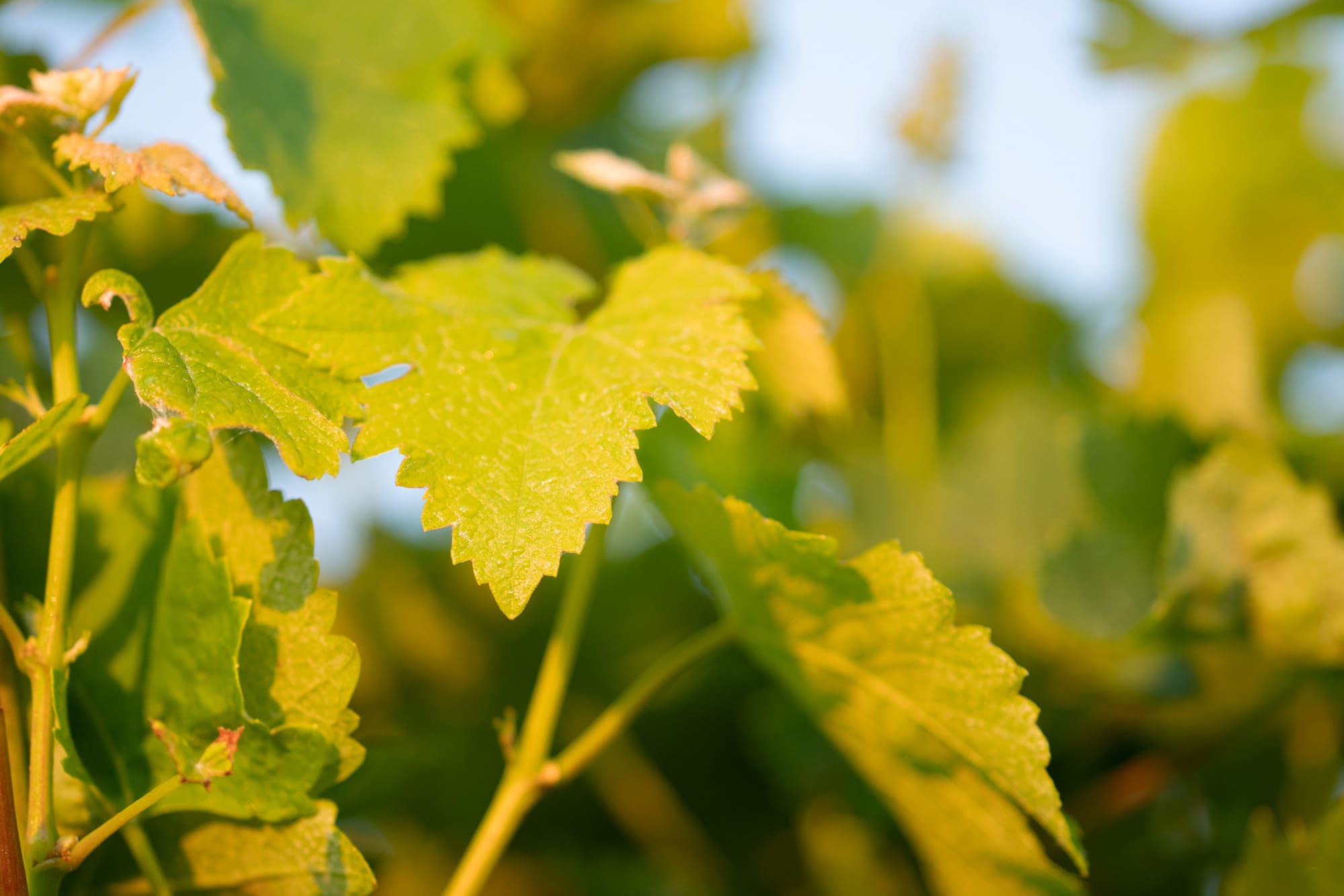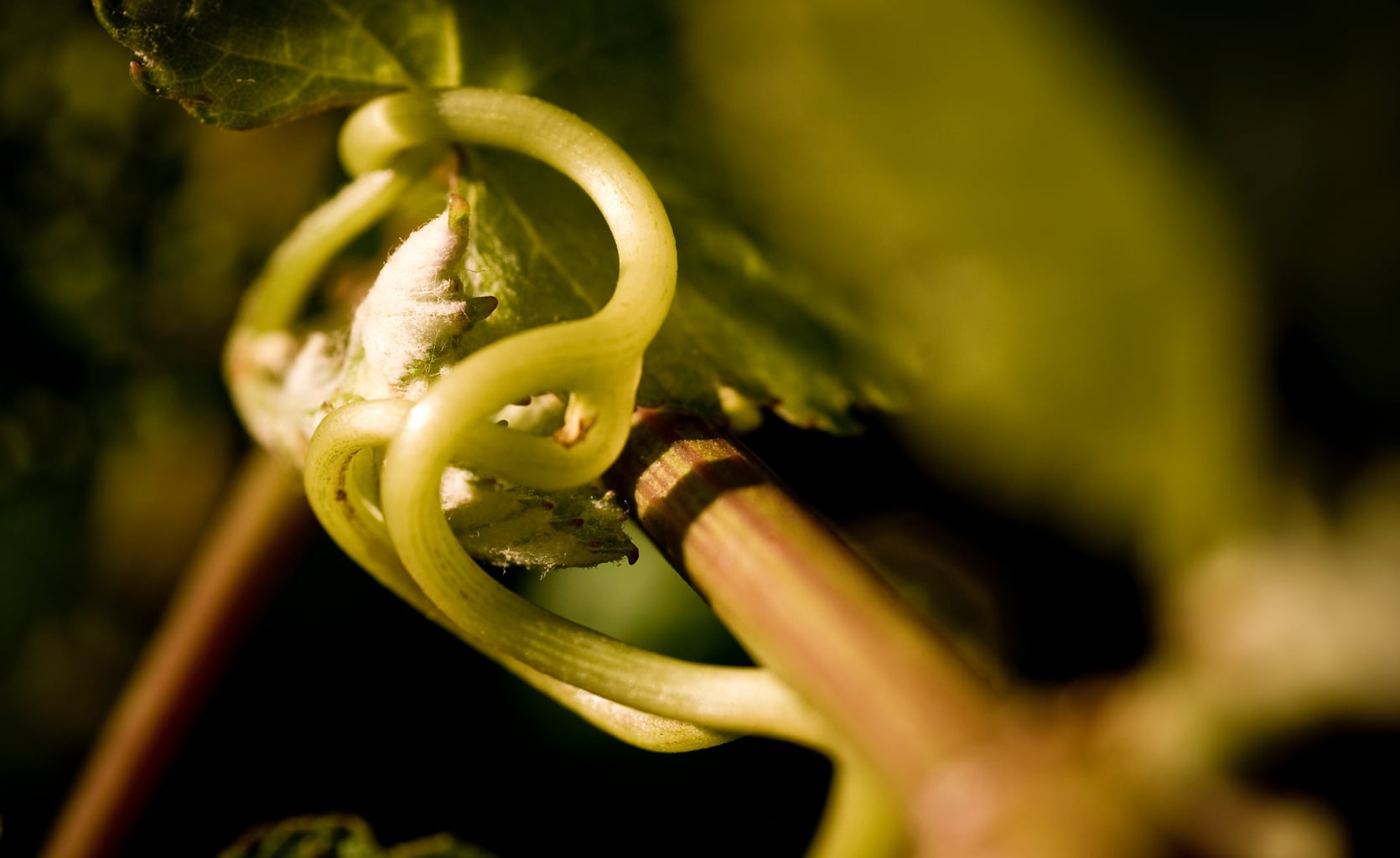Dr Cen Liau, Research Associate – Grapevine Bioinformatics
Battling fungicide resistance in vineyards
Powdery mildew, caused by the fungus Erysiphe necator, is a persistent problem for grape growers worldwide. If untreated, powdery mildew can cause significant loss, as even minor infections of berries can have a detrimental effect on wine quality. To manage powdery mildew, growers use a combination of traditional fungicides such as sulphur or copper, as well as modern, targeted options such as Succinate Dehydrogenase Inhibitors (SDHIs), Quinone Outside Inhibitors (QoIs), and Demethylation Inhibitors (DMIs). However, the powdery mildew pathogen is highly adaptable and can quickly develop genetic variants to survive fungicide application. Without regular monitoring, the effectiveness of these fungicides can diminish, putting crops at risk.
How resistance develops
Broad-spectrum or multisite fungicides like sulphur and copper are tough for fungi to outsmart. These fungicides attack multiple parts of the fungus’s metabolism, making it hard for the fungus to develop resistance. For a fungus to survive these treatments, it would need to mutate in several different genes at once, which is unlikely. In comparison, targeted single-site inhibitors, such as QoIs, DMIs, or SDHIs, target a specific site within the fungus. Because of this, the fungus often only needs a single genetic mutation to resist the fungicide. For example, resistance to QoIs is often linked to a specific mutation in the CYTB gene, while DMI resistance is associated with a mutation in the CYP51 gene.
The growing concern
In New Zealand, data on the extent of fungicide resistance in grapevine powdery mildew is limited. Research from nearly a decade ago documented resistance to some DMI fungicides like myclobutanil and penconazole, and complete resistance to the QoI fungicide trifloxystrobin. A follow-up study in 2017 found no resistance to SDHIs like fluopyram. However, the powdery mildew pathogen has shown the capacity to develop resistance within just a few years. The development of resistance to the same fungicides in several other crop pathogens has also been documented. Therefore, an updated and regular survey of fungicide resistance in grapevine powdery mildew is essential.
Molecular diagnostics vs traditional method
Traditionally, fungicide resistance has been identified using lab-based tests on grape leaves. In these tests, powdery mildew is grown on detached leaves in the lab and then tested against the fungicides of interest. While these methods are reliable, they are time-consuming and resource-heavy, making them difficult to use for large-scale surveys. Molecular diagnostics offer a faster, more efficient solution. By identifying those specific genetic changes in the target gene of a particular fungicide linked to resistance, these tols can quickly determine whether a fungus has adapted to a particular fungicide.
These molecular methods make it possible to test for multiple types of resistance simultaneously, providing reliable results with a quicker turnaround time compared to traditional methods.
New research efforts in New Zealand
A new research project, with the collaboration of scientists from Bragato Research Institute and Plant & Food Research, aims to develop a molecular diagnostic tool to detect fungicide-resistant powdery mildew in New Zealand’s vineyards. This tool will focus on detecting the most common genetic variants responsible for fungicide resistance in E. necator. Additionally, multi-gene sequencing will be employed to uncover any previously uncharacterised variants. The degree to which the presence of a genetic marker contributes to resistance to a particular fungicide will need to be initially verified against the phenotypic assay.
Mapping the resistance landscape
One of the critical goals of this project is to map the prevalence and diversity of fungicide resistance across two of New Zealand’s key grape-growing regions. Armed with the molecular diagnostic tool and validation with the gold-standard phenotypic assay, researchers will conduct a survey of E. necator populations. This effort will provide a long-overdue update on the state of fungicide resistance in New Zealand vineyards.
Helping growers stay one step ahead
By understanding where and how resistance is emerging, growers can adopt targeted strategies to help manage powdery mildew. For instance, if resistance to a particular fungicide is found to be widespread in a region, vineyard managers can adjust their spray programs to include alternative fungicides or integrate non-chemical control measures. This project will provide information on the status of fungicide efficacy in two key winegrowing regions in New Zealand and the availability of a validated molecular diagnostic tool will provide the wine industry with a critical resource for safeguarding their crops.

Figure 1. E.necator spores on grapevine leaf viewed under microscope

Figure 2. DNA sequencing result showing a mutation in the CYP51 gene (Y136F) in E. necator causing resistance to DMI fungicide
About the project
This one-year project is a collaboration between Bragato Research Institute and Plant & Food Research scientists. It is funded by the New Zealand Winegrowers levy.

















